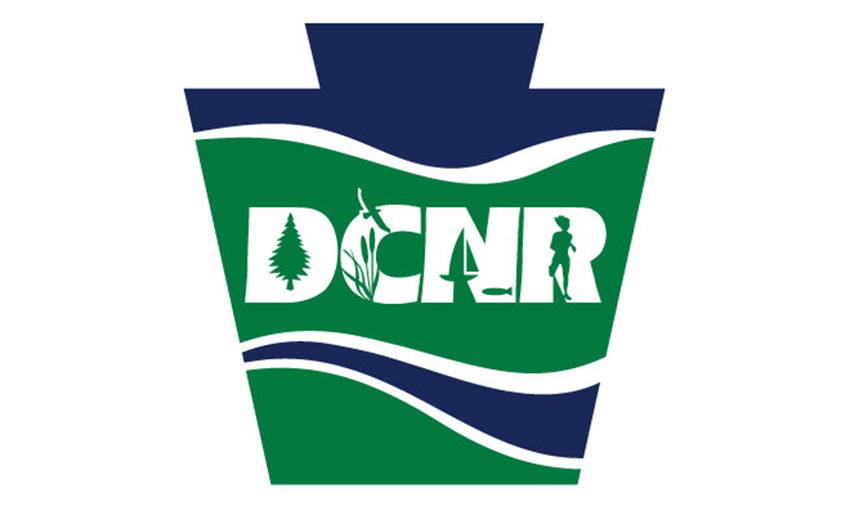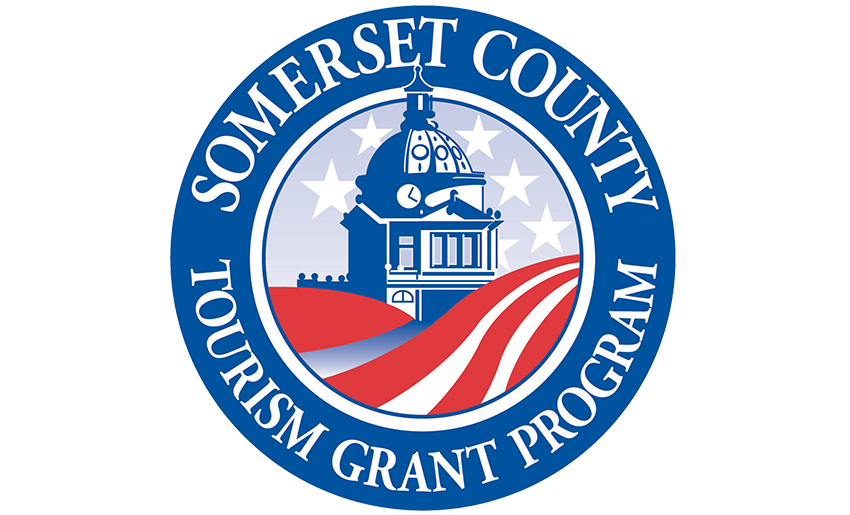“I was one of those people who had a very limited view of what options were available for people who have mobility issues. There’s a lot of people that we pass on our rides and they have that look that says: ‘Wow! What is that?’ They’re watching us. We’re probably not something most people are used to seeing out on the trail.”
“The reason I got into this was because I love biking. But I felt like biking was kind of a selfish thing. The only one who was ever benefiting from it was me. Then I heard about Joy Riders through friends of mine, Karen and Dave Primm. They’re the ones who spearheaded the program in this area. The program was originally intended for disabled veterans, but they’ve since expanded it to cover a broader range of participants. It’s open to anyone who has a mobility issue, so they can enjoy the trail like anybody else. I thought: ‘Well, this sounds perfect. I can get a workout in and experience the Great Allegheny Passage with somebody I’ve never met before who might have never been on the GAP.’ Dave and Karen did some initial fundraising and raised enough money to purchase some e-bikes, which have the electronic assist battery, and instead of the front of the bike having a wheel, it has a wheelchair-type apparatus.
The people who are doing the pedaling are referred to as the ‘pilots’. I’m still in training but I’m almost done. To complete it, I needed somebody to volunteer, to more-or-less be my guinea pig or my ‘rider.’ So I asked my husband’s Aunt Susie if she would consider it. She thought about it for a while and said: ‘Gee, you know what? On my good weeks I can do that. I can do that!’ She was going through some health issues last summer. There were some mobility things going on that made it impossible for her to get out on the trail. I really believe that instead of sitting at home all day long, it helped her to get outside and get some fresh air and sunshine. There’s a world of value in being able to do things like that. I’m not sure she would have had the same opportunities to get outside had she been on her own.






We have a bike at Cedar Creek Park and there’s a few other locations in the Pittsburgh area. It’s very accessible and it’s convenient. There are people who log on to the website and request a ride, then the administrators will line up somebody to help with getting that person out on the GAP.
When you’re the pilot, navigating the bike is a much different concept than a regular road bike. The weight is out in front. It takes a while to get used to, which is why they want you to initially go out with somebody you know. Sometimes I will intentionally go off the trail and go in the grass a little bit, just to see how it feels. I always warn Aunt Susie ahead of time.
Each ride is different. One day it rained. One time we got a flat. Another time we saw a snake. Now when we go out Aunt Susie asks: ‘Okay, what’s our adventure today?’ We’ve had such a great time bonding and shooing people out of our way. Aunt Susie said: ‘Just to get on the bike and taking in mother nature was something that I needed at that time. It was wonderful.’
I was one of those people who had a very limited view of what options were available for people who have mobility issues. There’s a lot of people that we pass on our rides and they have that look that says: ‘Wow! What is that?’ They’re watching us. We’re probably not something most people are used to seeing out on the trail. So I’d love to get the word out to everybody.”
This content was created by Anita Harnish for the Great Allegheny Passage Conservancy and financed through grants from the Pennsylvania Department of Conservation and Natural Resources’ Bureau of Recreation and Conservation, through its Community Conservation Partnerships Program and Environmental Stewardship Fund, administered by Rivers of Steel Heritage Area and Pennsylvania Environmental Council’s Laurel Highlands Mini Grant Program; through funding via the Westmoreland, Fayette, and Somerset County Tourism Grant Programs; and with funds made available by the Great Allegheny Passage Conservancy.






